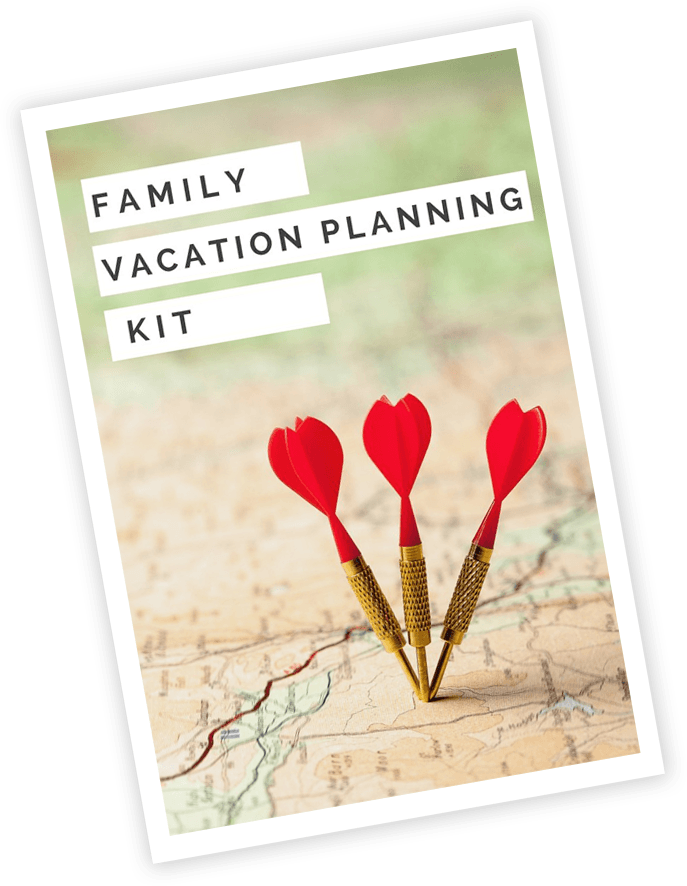Next year promises exciting changes in how we explore the world. From smart technology that plans your perfect getaway to quieter travel seasons that save money and stress, 2026 is shaping up to be a year of fresh possibilities. Whether you’re dreaming of overnight train adventures, hunting for budget-friendly alternatives to crowded hotspots, or planning trips around your favorite concerts and shows, these emerging trends offer something for every type of traveler.
1. Let AI co-plan your trip
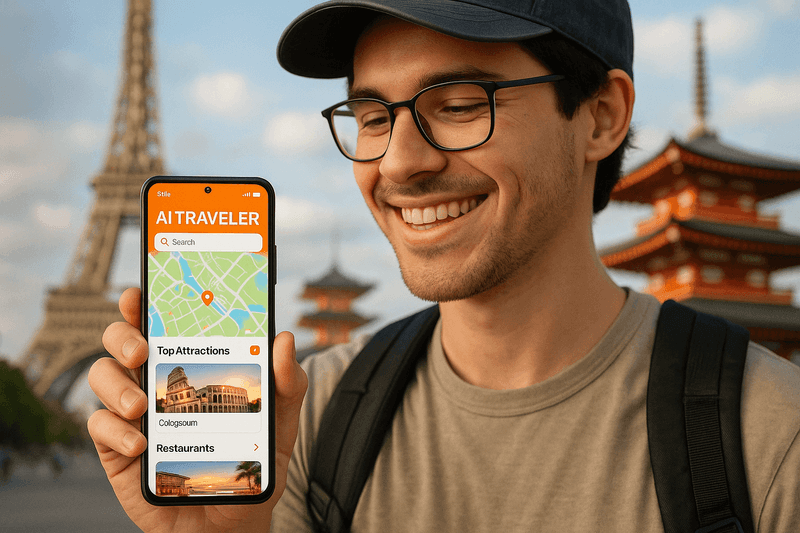
Artificial intelligence is quickly becoming your new travel buddy. More than 18% of young adults in the UK now use tools like ChatGPT to map out their adventures, and that number has doubled in just one year.
Google Flights recently rolled out an AI feature called “Flight Deals” that lets you describe the vibe you want—think “weekend beach escape”—and it finds real deals matching your mood. Currently available in the US, Canada, and India, this beta tool makes hunting for bargains feel less like work and more like chatting with a friend.
Companies like MakeMyTrip are also teaming up with tech giants to build smarter booking assistants. Planning your next trip might soon mean describing your dream vacation and letting AI handle the details.
2. Shift to shoulder season
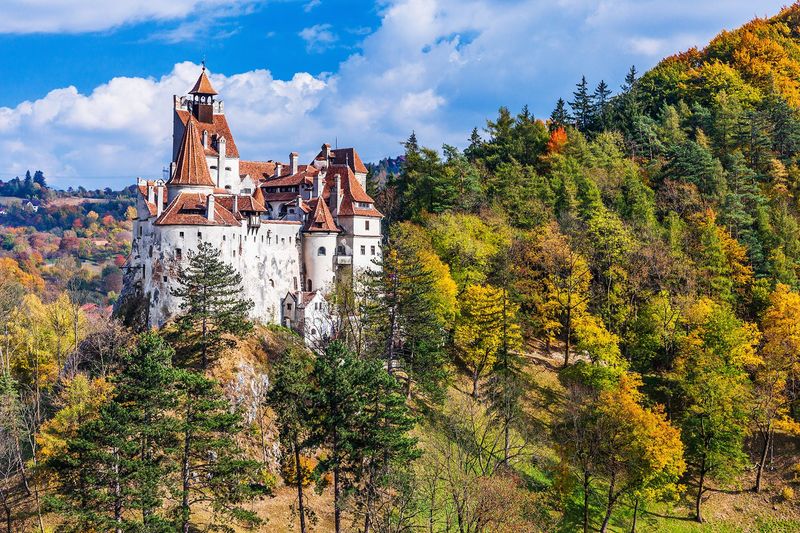
Forget battling summer crowds and sweltering heat. Travelers are discovering the magic of spring and fall trips, when destinations feel less frantic and prices drop significantly. HomeToGo reports strong demand for shoulder-season bookings stretching into 2026, and British travelers especially are shifting their plans to September through November.
Extreme temperatures have pushed many people away from traditional July and August vacations. Instead, they’re finding that late September or April offers the sweet spot: comfortable weather, lower hotel rates, and attractions you can actually enjoy without elbowing through throngs of tourists.
Europe becomes particularly appealing during these quieter months. Your wallet will thank you, and so will your stress levels.
3. Rail & sleeper trains: boom…with churn
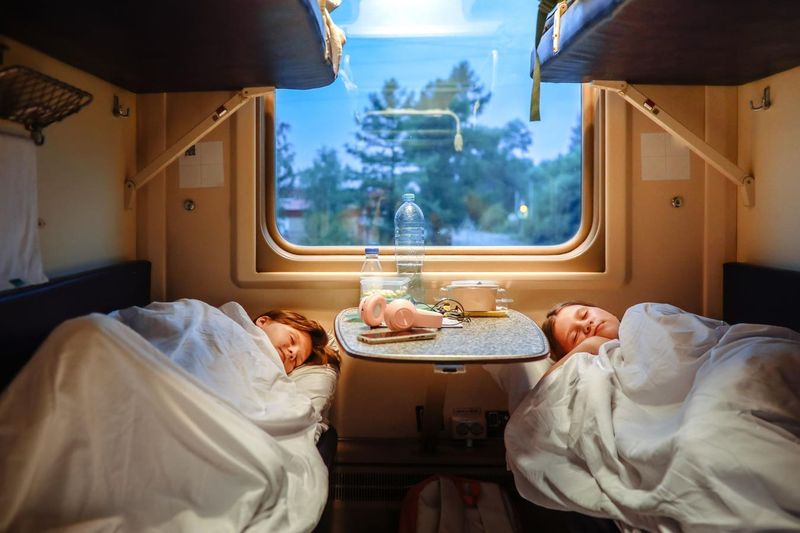
Overnight trains are experiencing a renaissance across Europe. New routes keep launching, and old ones are getting modern makeovers with better cabins and amenities. Night trains offer a double win: you save a hotel night while covering serious ground as you sleep.
Here’s the catch—some routes won’t last forever. Subsidized services like the Paris-to-Vienna and Paris-to-Berlin lines are ending in December 2025, so the network will keep shifting. Overall growth is real, but you’ll need to stay flexible about which routes operate year to year.
Book popular Nightjet routes early, and consider mixing one long overnight rail journey with a short flight to balance convenience and adventure. Early reservations lock in the best sleeper cabins.
4. Destination dupes & value-led picks
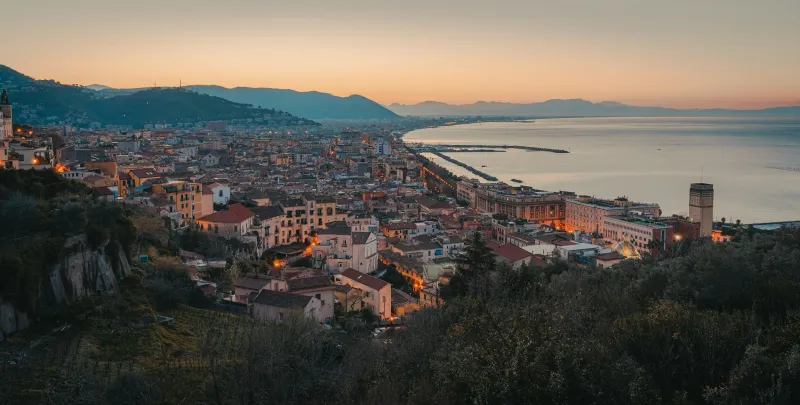
Why pay premium prices for overcrowded hotspots when equally stunning alternatives exist nearby? Smart travelers are embracing “destination dupes”—affordable alternatives to famous places that deliver similar experiences without the hefty price tag or tourist crush.
Skyscanner’s 2026 trends highlight rising destinations like Salerno, which just opened a new airport and offers Amalfi Coast vibes at a fraction of the cost. Flight prices to places like Cologne and Goa have dropped dramatically, making them suddenly attractive options. Expedia confirms this value-hunting behavior has real staying power.
Swap Dubrovnik for Rijeka, or skip Paris for Lyon when airfare deals align. You’ll discover authentic local culture while keeping your budget intact.
5. Set-jetting isn’t over

That gorgeous villa from your favorite show? People are actually booking trips there. Over half of all travelers have researched or planned vacations inspired by locations they spotted on screen, according to Expedia data.
Films and streaming series continue to spark serious wanderlust. When a new season drops or a blockbuster hits theaters, certain destinations see immediate booking spikes. This trend shows no signs of slowing as studios keep producing visually stunning content set in real-world locations.
Lean into it by planning themed city walks tied to whatever show you’re currently obsessed with. Many destinations now offer official tours of filming spots, complete with behind-the-scenes stories that bring your favorite scenes to life in person.
6. Gig-tripping (live events) goes mainstream

Concerts and festivals aren’t just entertainment anymore—they’re the main reason people book entire trips. Music tourism has exploded, with travelers planning city breaks specifically around tour dates and mega-events rather than traditional sightseeing.
Industry data shows sharp increases in event-driven travel bookings. Fans are crossing borders and oceans to catch their favorite artists live, turning what used to be a local night out into an international adventure. Sports championships and cultural festivals are driving similar patterns.
Build your next getaway around a concert or festival date, and book accommodation near the venue as soon as tickets drop. Hotels fill fast when major acts come to town, so early planning is essential.
7. Digital-nomad visas keep spreading

Countries worldwide are rolling out the welcome mat for remote workers. New Zealand recently eased its stay requirements, and Slovenia launched a digital-nomad visa in November 2025. More than 40 destinations now offer special programs designed for people who work from anywhere.
Competition for long-stay visitors is heating up as governments recognize the economic benefits of hosting remote professionals. Rules and requirements vary widely—some countries want proof of income, others require health insurance, and processing times differ dramatically.
Before packing your bags, compare programs carefully using updated roundups. Tax implications, visa duration, and renewal policies matter just as much as the destination’s beaches or mountains. Do your homework to find the best fit.
8. Bleisure stabilizes and grows
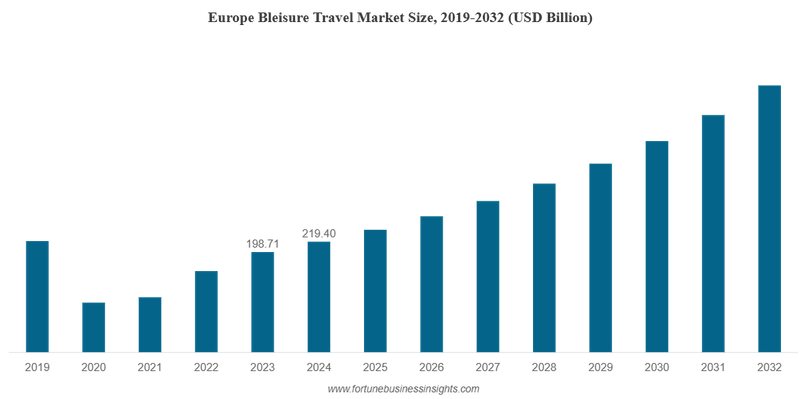
Blending business trips with vacation days—”bleisure”—has gone from nice-to-have to standard practice. Corporate travel costs are stabilizing through 2026 after years of volatility, and companies are increasingly supportive of employees adding personal time to work trips.
Tacking two extra nights onto a conference stay makes financial sense for both workers and employers when costs balance out. You’re already paying for the flight, so why not explore the destination properly? Recent data shows strong bleisure participation continuing into 2025 and beyond.
Check your company’s travel policy—many now explicitly allow blended trips if you’re transparent about costs. That boring conference city might hide amazing restaurants, museums, or nature just waiting for your weekend exploration.
9. Sustainability desire vs. budget reality
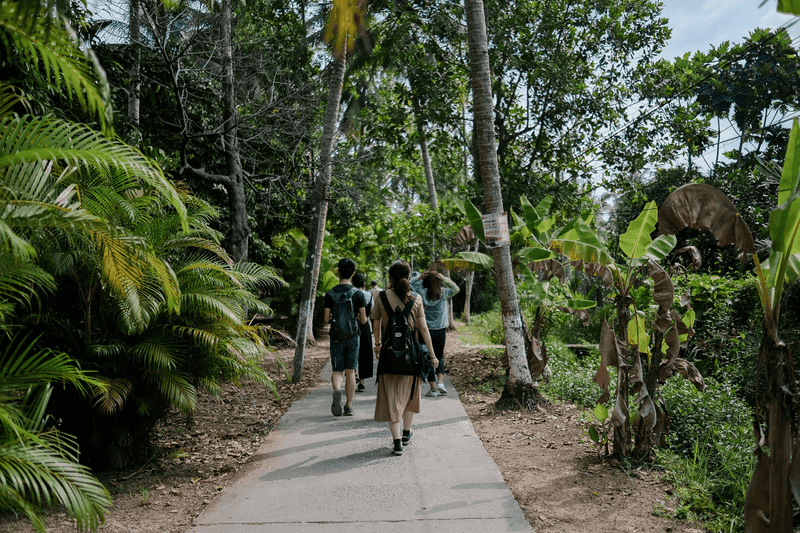
Everyone wants to travel greener—until they see the price tag. The World Travel & Tourism Council’s latest research confirms a stubborn “say-do” gap: travelers express strong environmental concerns but ultimately choose based on cost and convenience when booking.
Good news is coming, though. Expect clearer eco-labels and more “green by default” options in 2026 as the industry responds to consumer demand. Airlines, hotels, and booking platforms are working to make sustainable choices easier to identify and select.
You can reduce impact without breaking the bank. Choose trains over planes when practical, book energy-efficient accommodations, and travel during shoulder seasons when overtourism pressure drops. Small choices add up significantly.
10. Biometrics & digital identity speed up airports
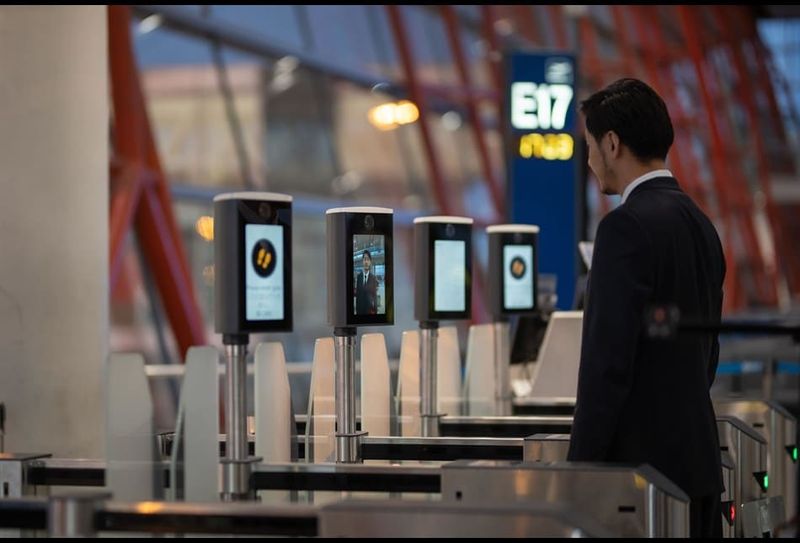
Say goodbye to fumbling for documents at every checkpoint. Biometric technology is transforming airports into faster, smoother experiences. IATA’s One ID initiative—which uses face scans instead of repeated passport checks—is gaining serious momentum worldwide.
Industry leaders are pushing for rapid adoption of document-free flows that meet international standards. More airports are installing face-scan checkpoints and automated bag drops that recognize you instantly. The goal is seamless movement from curb to gate using only your face.
Enroll in airline or airport biometric programs wherever they’re offered. Keep your physical passport handy during the transition period, since full interoperability between countries and carriers will take time to achieve completely.
11. The stay is the destination

Hotels are no longer just places to sleep between sightseeing marathons. Accommodations themselves are becoming the main attraction, with travelers choosing properties for their immersive design, local character, and shareable moments.
Booking.com and Accenture highlight this shift, particularly in India, but the trend reflects global appetite for experience-led lodging. People want stays that feel unique and authentic, not interchangeable chain rooms. Budget-conscious travelers especially appreciate properties that deliver both Instagram appeal and genuine local flavor.
Seek out design-forward, locally-run accommodations and plan fewer external activities. Spend time enjoying rooftop bars, cooking classes, spa treatments, or simply relaxing in beautiful spaces. Sometimes the best vacation memories happen without leaving your hotel.



